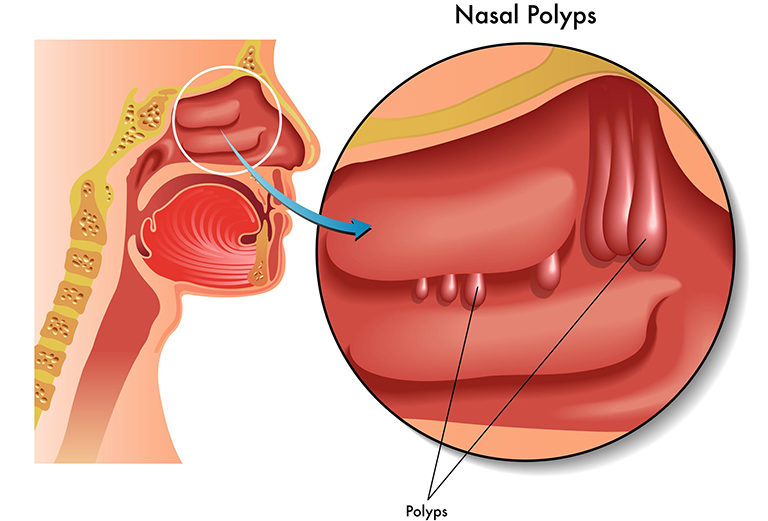Nasal Polyps Surgery Success Rate ( New Study )
Nasal Polyps significantly affects the quality of life of patients. Nasal Polyps treatment aims to attain clinical control of the disease, which is defined as the elimi-nation or mitigation of patient symptoms to a point where subjects are no longer bothered by the disease, possibly in combination with a healthy or quasi healthy mucosa requiring only the administration of topical medication.
The severity of symptoms and the impact of the disease upon patient quality of life can be assessed through the Sinonasal Outcome Test 22 (SNOT-22). This validated tool encompasses all major symptoms included in the diagnosis criteria set in the European Position Paper on Rhinosinusitis and Nasal Polyps (EPOS) 2012 for Nasal Polyps. The SNOT-22 is a repeatable tool and the graphic representation of test results allows for easy visualization of the outcomes of conservative and surgical approaches, as well as exacerbations observed during follow-up
In recent study, Patients were asked to answer the SNOT-22 questionnaire before surgery (Preop) and two months after surgery. In the review patients followed up for three year and longer were included. Subjects were given a thorough questionnaire that included the SNOT-22, an assessment of the clinical management of the disease, and reports of revision procedures they were submitted to within the timeframe of the study.
Sixty patients in preoperative care for endoscopic sinus surgery diagnosed with Nasal Polyps were enrolled in the study. After signing informed consent terms, they answered the SNOT-22 questionnaire before surgery and three months after surgery. 40 of the 60 original patients were found two years after surgery and were included in the second part of the study. Patients followed up for at least 24 months after surgery were included.. Mean time after surgery in the late follow-up of Nasal Polyps subjects was 29.29 months, with a standard deviation of 2.34 months. The entire sample considered together had a mean POT (late follow-up) of 29 months and a standard deviation of 3.05 months.Resutls :
Endoscopic sinus surgery improved the quality of life of the patients with Nasal Polyps enrolled in this study. Despite the worse quality-of-life scores in early postoperative follow-up (three months) when compared to late postoperative care (24 months and longer), the SNOT-22 and POT scores were statistically better than before surgery, indicating the improvement in quality of life produced by surgery was sustained in the long term.
Read more : Best way to cure Nasal Polyps naturally at home




Nhận xét
Đăng nhận xét